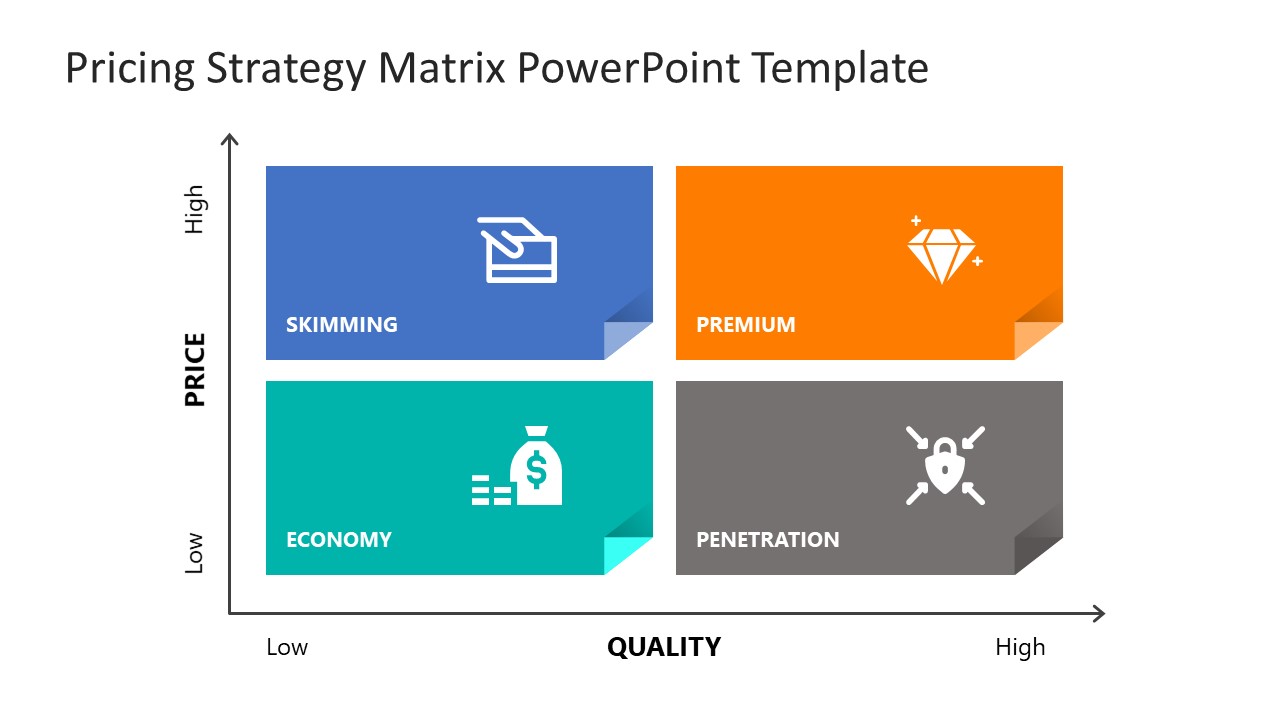The Connection Between Brand Positioning and Your Pricing Strategy
The Connection Between Brand Positioning and Your Pricing Strategy
Blog Article
Optimize Earnings With Proven Prices Strategy Strategies
Techniques such as value-based pricing, vibrant prices, and thorough market evaluation can significantly boost a firm's monetary efficiency. Recognizing customer assumption and leveraging data analytics for nimble prices adjustments are crucial components of this method.
Comprehending Customer Understanding
Understanding customer perception is crucial for developing effective pricing methods. It influences exactly how consumers review an item's value, top quality, and total appearance. Companies should identify that consumers frequently base their determination to pay not entirely on the product's inherent qualities however also on mental factors, including brand name reputation, social status, and viewed scarcity.

In addition, firms should think about the role of prices psychology, such as appeal pricing or cost anchoring, which can significantly influence consumer actions. Comprehending these assumptions makes it possible for companies to mount their pricing methods in a fashion that lines up with customer assumptions while making best use of profitability.
Integrating consumer understanding into prices approaches not only aids in establishing competitive prices yet likewise cultivates brand name loyalty, as consumers really feel recognized and valued. Inevitably, a nuanced understanding of customer assumption can result in lasting revenue development and boosted market positioning.
Studying Market Trends
To establish a reliable prices method, examining market patterns is essential for organizations wanting to remain affordable. Recognizing the dynamics of market fluctuations makes it possible for firms to make educated choices pertaining to pricing modifications, item launches, and source appropriation - Pricing Strategy. By keeping an eye on customer behavior, financial indicators, and industry developments, organizations can recognize patterns that inform their pricing structures
Secret elements to take into consideration when evaluating market trends consist of need flexibility, seasonal variations, and emerging technologies. Demand flexibility helps organizations assess just how price modifications may impact consumer buying decisions. Seasonal fads can provide understandings right into optimum prices throughout top and off-peak periods, allowing for calculated discounting or marketing pricing. Additionally, maintaining an eye on technological improvements can help determine possible threats or opportunities that can affect prices strategies.
Utilizing data analytics tools can enhance the accuracy of pattern evaluation, supplying beneficial insights that help with dexterous decision-making. Companies should additionally think about conducting routine market research to confirm presumptions and adjust to developing consumer preferences. By leveraging these understandings, businesses can not only maximize their prices techniques but also strengthen their general market setting, making certain long-lasting productivity and development.
Affordable Prices Approaches
An affordable rates method is important for businesses aiming to gain a side in a crowded marketplace. By evaluating competitors' prices frameworks and check that market positioning, companies can tactically set their rates to attract clients while preserving productivity. This strategy calls for a thorough understanding of both the competitive landscape and customer perceptions of value.
One reliable technique is cost matching, where a service uses to beat a rival you can check here or match's cost. This tactic can boost consumer commitment and encourage sales, especially in price-sensitive markets. Additionally, infiltration rates can be used to catch market share by initially establishing costs lower than rivals, enticing clients to attempt the item and fostering brand understanding.
Furthermore, services can execute psychological pricing approaches, such as pricing items simply below a round number (e.g., $9.99 instead of $10 - Pricing Strategy.00) This can develop the perception of a much better offer, influencing consumer habits
Eventually, a successful affordable prices technique balances the demand to continue to be attractive to customers while guaranteeing that the rates design lines up with the company's overall goals. Frequently evaluating and readjusting rates in response to market shifts and competitor actions is vital for sustained success.
Value-Based Prices Techniques
Value-based pricing strategies focus on setting prices primarily based on the perceived value of a product and services to the consumer, rather than exclusively on manufacturing costs or rival costs. This technique calls for a deep understanding of client demands, choices, and the unique advantages that the services or product deals. By recognizing the specific worth drivers that resonate with customers, businesses can produce rates approaches that reflect real worth of their offerings.
To execute value-based prices properly, companies must involve in complete market research, including consumer surveys and focus teams, to collect insights into customer perceptions. Additionally, organizations need to segment their consumer base to customize prices strategies that straighten with different worth understandings throughout sectors.
Interaction plays a vital role in value-based rates; business have to articulate the one-of-a-kind value suggestion plainly to justify the rate factor. Continuous analysis and adjustment are vital, as consumer perceptions of value might change over time due to market dynamics or competitive activities. By focusing on worth in prices strategies, companies can improve customer satisfaction, improve commitment, and ultimately enhance earnings.
Dynamic Prices Models

Dynamic pricing leverages innovative algorithms and data analytics to monitor competitor prices, client habits, and supply levels. By dynamically adjusting rates, organizations can optimize revenue, optimize earnings margins, and respond promptly to modifications in the market. For example, airlines frequently utilize this design to readjust ticket prices based upon aspects like remaining seats, time till separation, and competitor pricing.
Nevertheless, the execution of dynamic rates should be come close to with care. Transparent interaction with customers is necessary to maintain depend on and avoid perceptions of unreasonable prices techniques. Furthermore, services need to make sure that their prices algorithms are not overly intricate or opaque, as this can lead to customer frustration.
Inevitably, when executed attentively, vibrant rates designs can provide companies with a significant competitive benefit, permitting them to take advantage of market opportunities while accommodating consumer assumptions in a rapidly changing financial landscape.
Conclusion

Strategies such as value-based pricing, dynamic prices, and detailed market analysis can substantially improve a company's economic performance. Seasonal patterns can provide insights right into optimal pricing during height and off-peak periods, enabling for tactical discounting or marketing prices.Dynamic rates leverages sophisticated formulas and data analytics to monitor competitor prices, consumer actions, and stock degrees. By comprehending client assumption, examining market trends, and applying competitive rates strategies, businesses can successfully straighten their pricing with customer expectations. Additionally, value-based rates and dynamic rates models make it possible for companies to respond agilely to market changes.
Report this page